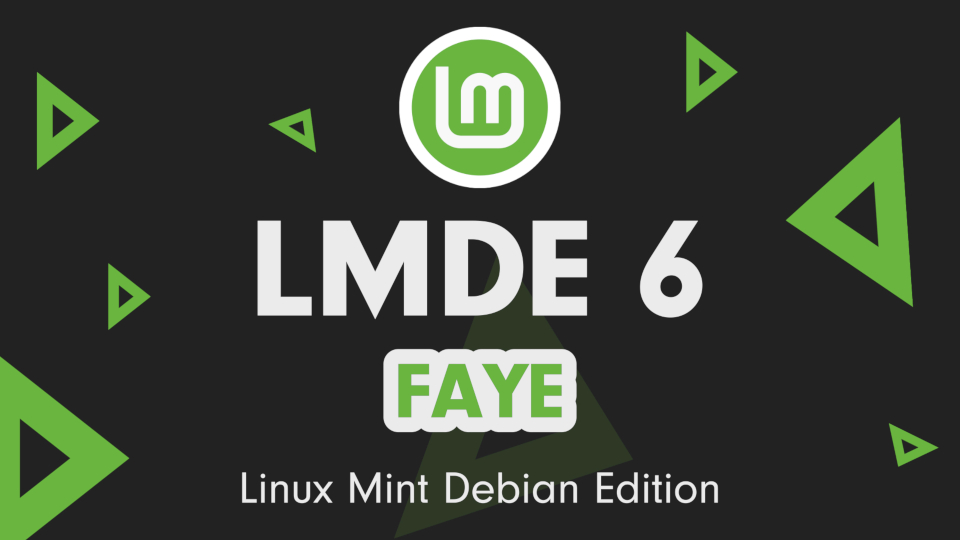MintyFresh: My Configuration Script for Linux Mint Debian Edition (LMDE 6)

I've setup a few installs of Linux Mint Debian Edition (LMDE) for family, friends, and myself. I really like it! Mint's Cinnamon desktop comes with sensible defaults, is easy to customize, and intuitive to use for new and old Linux users alike.
MintyFresh (source) is a script to configure a device after a fresh install of LMDE 6 aka "Faye".
Run mintyfresh.sh -h for options.
Summary
- Upgrade system
- Install extra packages
- Auto-remove obsolete kernels and dependencies
- Enable zram for swap
- Customize GRUB bootloader
How does it work?
Sync package repositories and install git:
sudo apt update && sudo apt install git
Download:
git clone https://gitlab.com/dwarmstrong/mintyfresh.git
Change directory and run script with [username] as the sole argument:
cd mintyfresh
sudo ./mintyfresh.sh [username]
...replacing [username] with your primary username.
You can like, share, or comment on this post on Mastodon 💬
Thanks for reading! Read other posts?
» Next: Droplet in the DigitalOcean
« Previous: Zram Swap on Debian and LMDE